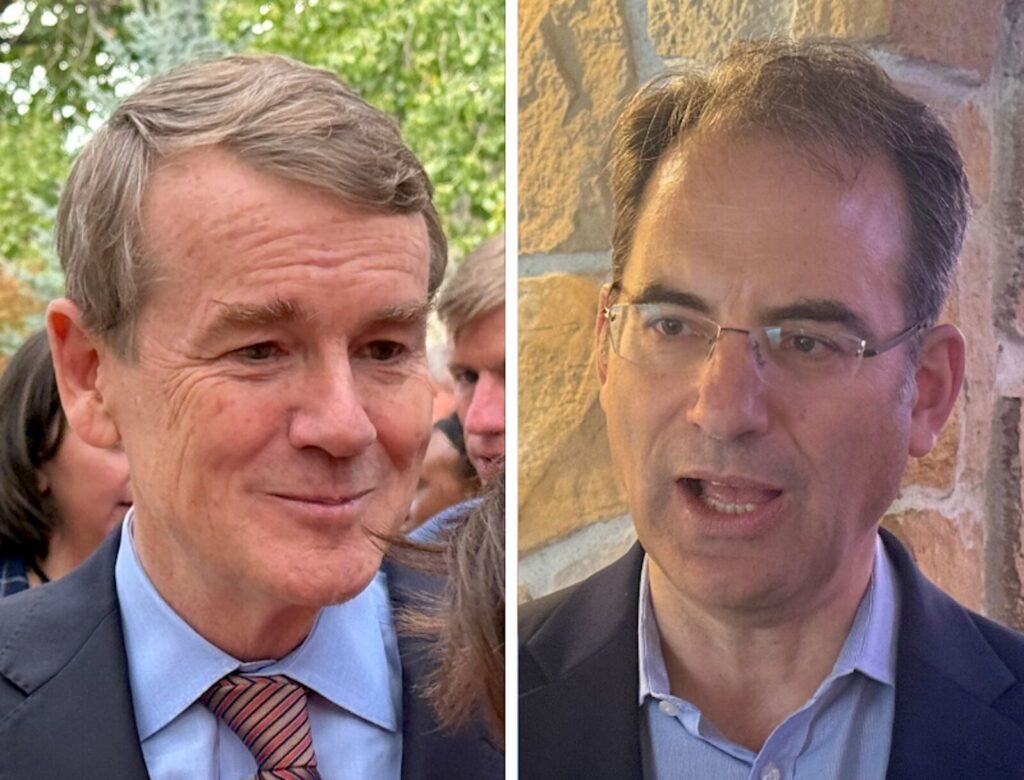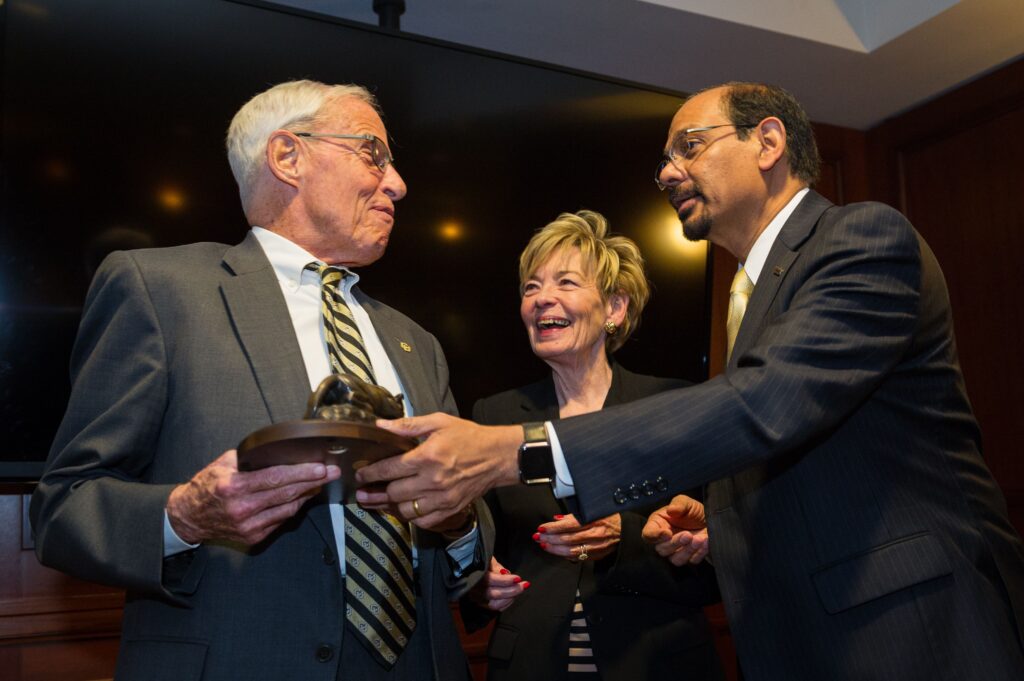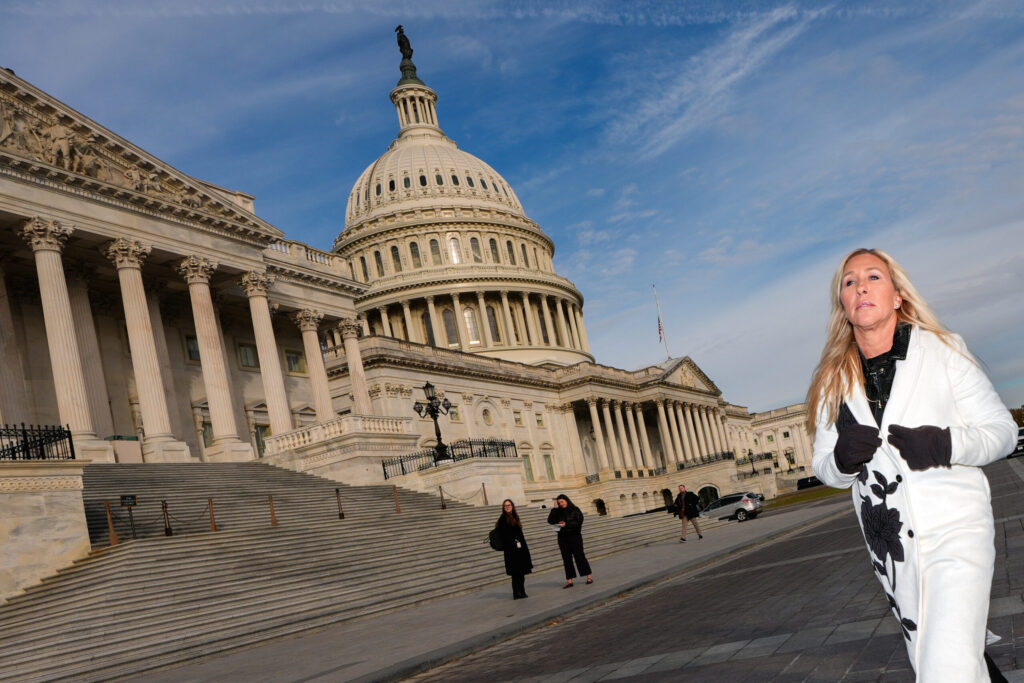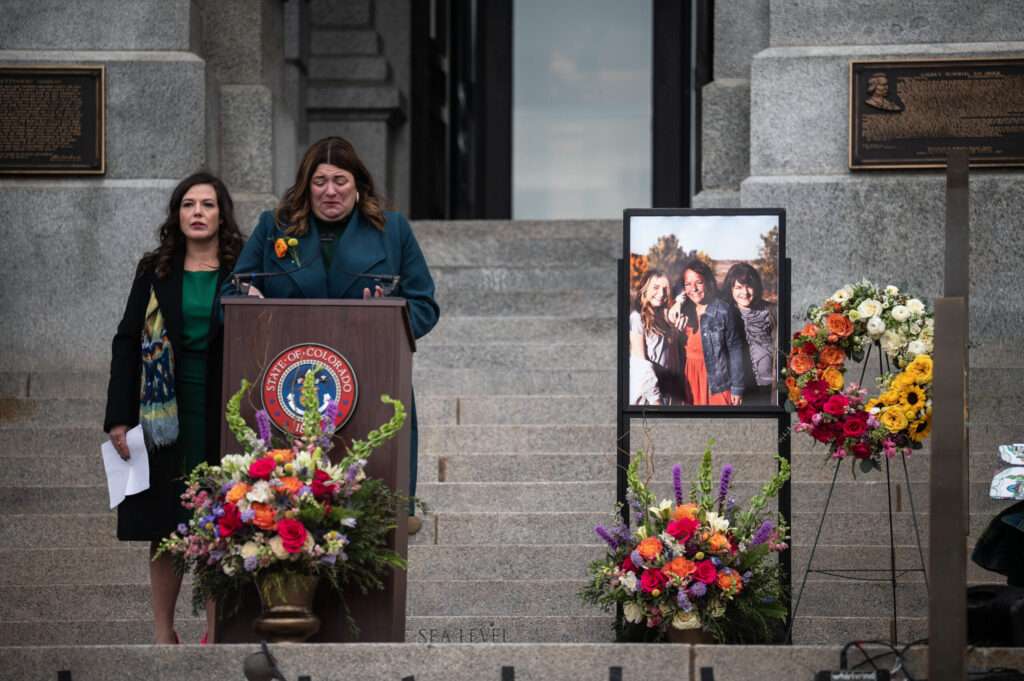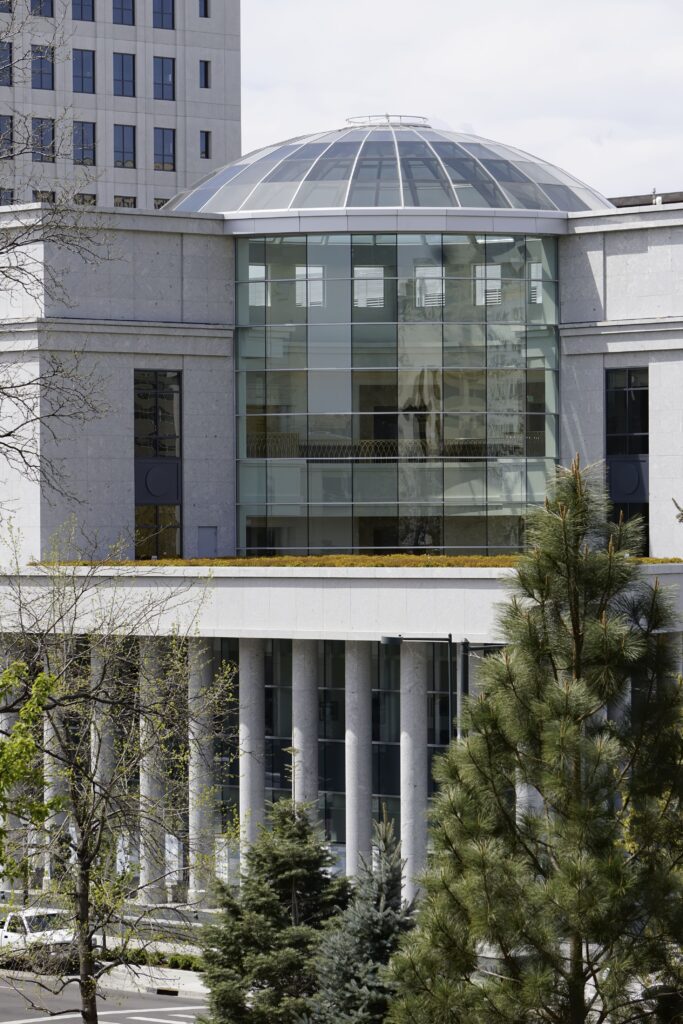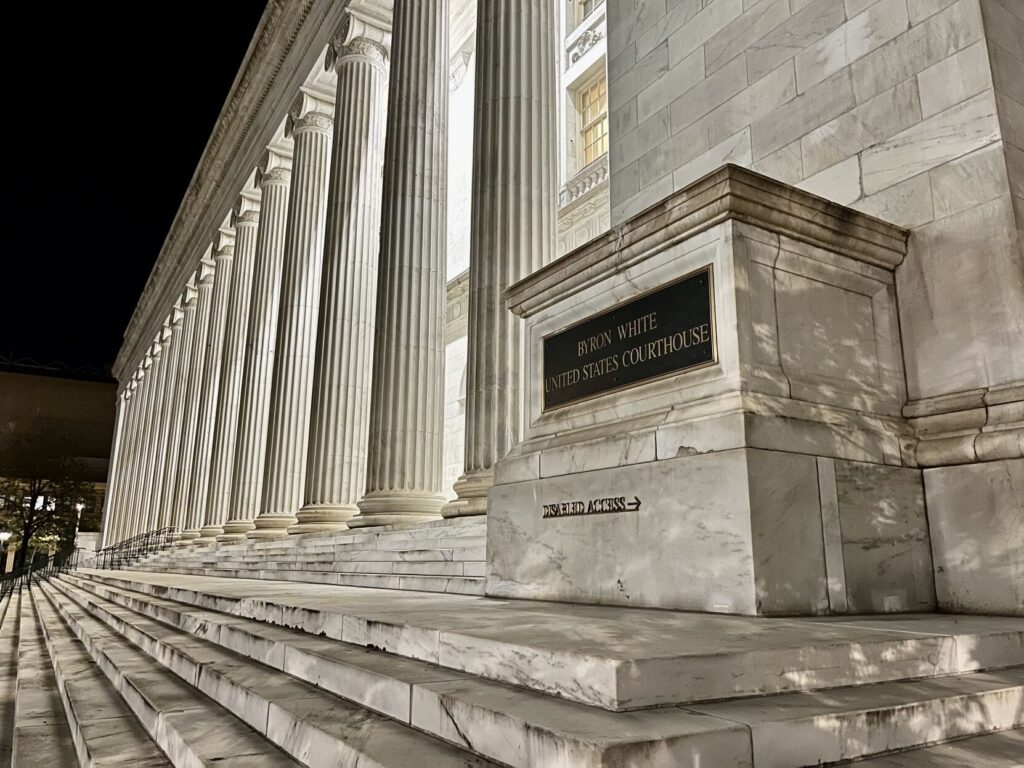State ed funding stable in mid-year adjustment
For the first time in a decade, the state’s share of education funding in Colorado will not need a mid-year adjustment.
However, a drop in enrollment and local revenue will still hit school districts, members of the Joint Budget Committee learned Tuesday, Jan. 24.
Committee staff member Craig Harper presented the Department of Education‘s supplemental budget request, the only time since the 2006-07 fiscal year a mid-year adjustment to the state share of education funding was not sought.
However, the request includes statutory adjustments to both total funds and the “negative factor” to align pupil counts and local revenues. The negative factor is a term for the legislature’s practice of reducing education funding to balance the state budget. The state constitution requires both annual increases in education funding under Amendment 23 and an overall balanced state budget. Legal battles over the conflict resulted in a 2015 Colorado Supreme Court ruling that allowed the legislative maneuver.
As a result of lower pupil counts, funding before the application of the negative factor is $25.5 million lower than anticipated, according to the department’s request. Local revenues from property taxes and specific ownership taxes are $23.1 million lower than anticipated. Since the decrease in total program funding exceeds the decrease in local revenues, maintaining the existing state share appropriation would reduce the negative factor by $2.4 million, from $830.7 million in this year’s budget to $828.3 million in the request.
The request does seek an increase of $3,950 from the state education fund for the hold-harmless full-day kindergarten line item due to the proposed reduction in the negative factor.
Under the state’s complicated school finance act, each school district’s funding is built on four basic variables: (1) inflation (Amendment 23 increases statewide per pupil funding by the rate of inflation each year based on the change in the Denver-Boulder-Greeley consumer price index from the previous calendar year); (2) funded pupil count (which is multiplied by per pupil funding for each district); (3) at-risk (reduced or free lunch) pupil counts for each district; and (4) local revenues.
This year’s budget assumed a statewide pupil count of 861,441.4; the real count is 858,795.8, a decrease of 2,645.6 (0.3 percent), considered a typical mid-year adjustment, Harper wrote in the request. The net reduction in funding of $23.1 million would reduce statewide average per pupil funding by $4.
“I don’t think very many schools will feel any reduction, unless their enrollment had a really significant drop,” said committee vice-chair and Rep. Millie Hamner, D-Dillon.
The budget also assumed 311,413 at-risk pupils. However, the department’s actual count is 307,384, a decrease of 4,029 (1.3 percent). Based on the October 2016 count, at-risk students now make up 35.8 percent of students statewide, 0.3 percent below the 36.1 percent of students in the previous fiscal year.
Local tax revenues are $23.1 million (1.0 percent) lower. Specifically, property tax revenues are $31.3 million (1.4 percent ) lower than projected last spring, while specific ownership taxes, such as motor vehicle registration, are $8.2 million (5.2 percent) higher than projected.
“The real challenge will be to see if we can fund education without the negative factor,” Hamner said.
A large part of the legislature’s attention this session is on education funding. Gov. John Hickenlooper recently proposed a 50 percent increase in sales taxes on recreational marijuana to send an additional $42 million to public schools. Hickenlooper’s request would increase the recreational marijuana sales tax to 12 percent on July 1, the same day the levy is scheduled to fall to 8 percent. The current tax rate is 10 percent.



